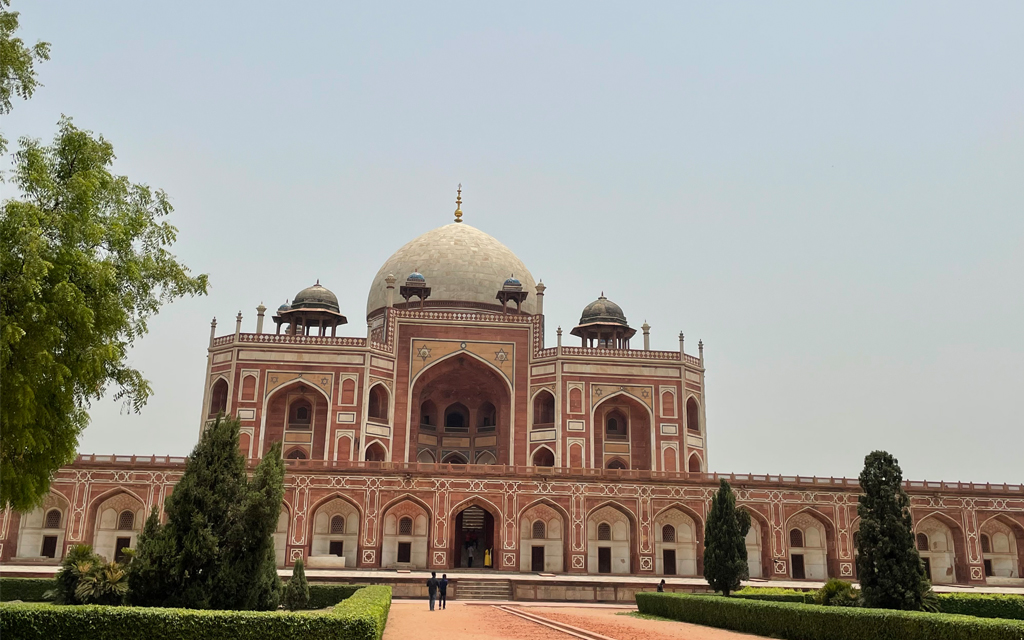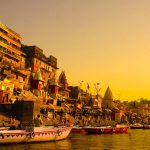India’s capital and a major gateway to the country, contemporary Delhi is a bustling metropolis, which successfully combines in its folds – the ancient with the modern. Amidst the fast spiralling skyscrapers the remnants of a bygone time in the form of its many monuments stand as silent reminders to the region’s ancient legacy. The first impressions for any visitor traveling in from the airport are of a spacious, garden city, tree-lined with a number of beautiful parks.
Old Delhi, the Mughal Capital of Shahjahanabad has a rich cultural heritage. Jama Masjid is the principal mosque of Old Delhi in India. Commissioned by the Mughal Emperor Shah Jahan, builder of the Taj Mahal, and completed in the year 1656 AD, it is the largest and best-known mosque in India. It lies at the origin of a very busy central street of Old Delhi, the Chawri Bazar Road. The “mosque of Friday” was built from 1644 to 1658 during the reign of Shahjahan. The mosque is 80 m long and 27 m wide. The courtyard can accommodate 25,000 worshippers and occupies 408 square feet.
While in New Delhi, visit Raj Ghat where Mahatma Gandhi – The Father of Nation, was cremated. Visit the majestic Red Fort – the palace for Shahjahan’s new capital, Shahjahanabad, the seventh Muslim city in the Delhi site. Wander in the busy streets of the mile long Chandni Chowk, popularly called “The Silver Street”. Enjoy the ‘Cycle Rickshaw’ ride in Old Delhi. A leisurely tour of New Delhi, which reflects the legacy the British left behind is highly recommended. The division between New and Old Delhi is the division between the capitals of the British and the Mughals respectively. The division in the walled city and New Delhi also marks the division in the life-styles. The walled city is all traditional where one will be able to glean a past life-style in all its facets, colours and spells. New Delhi in contrast, is a city trying to live up to the best of 21st century standards.
The tour to Imperial Delhi will start by visit to the Qutab Minar, the tallest stone tower in India. The Qutab Minar was started in 1199 AD by Qutab-ud-Din Aibak and completed by the sultan’s successor and son-in-law, Iltutmish. The building is 72.5 m high and has 379 steps from the bottom to the top. The Minar is tapering and the diameter of the base is 14.3 m while at the top floor it is 2.7 m. Humayun’s Tomb, built by the widow of the second Mughal Emperor, Humayun, is an outstanding monument in the Indo-Persian style, a precursor of the Taj Mahal. Must visit the imposing India Gate, the Parliament building and the Rashtrapati Bhawan (drive past), the President’s residence.





